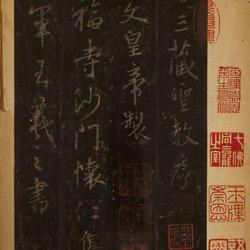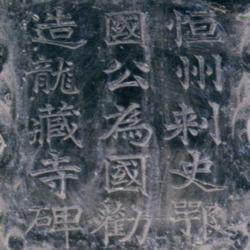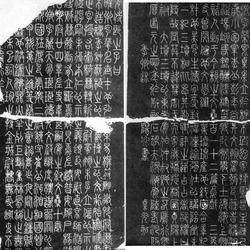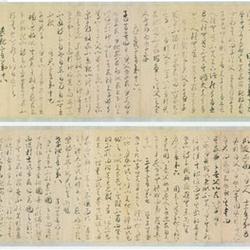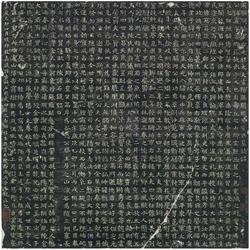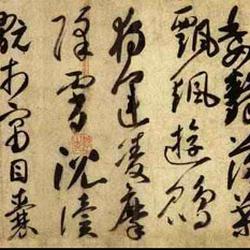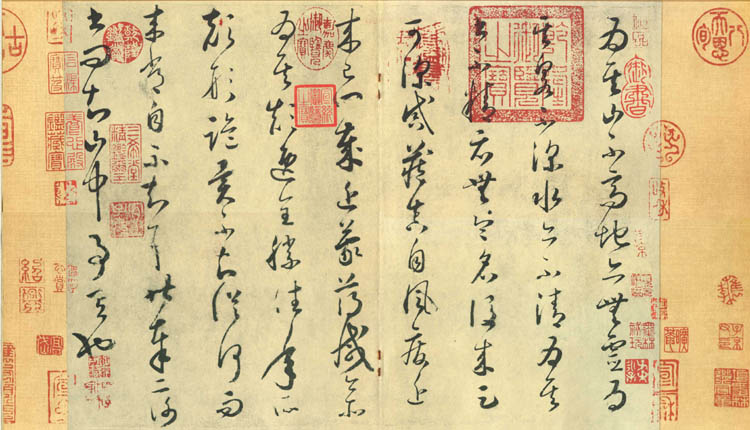
Collection of Liaoning Museum
Explanation: Because the mountains are not high and the ground is not spiritual; because the springs are not deep and the water is not clear; because the writing is not precise and there is no order (today) name, it will be enough to take a deep warning later, and the truth will come from the wind. He has been four years old recently and his condition has been reduced. Now he is more relaxed and better than in previous years. The shape is strange and I don’t know where it comes from. I often don't know my ears. Yesterday I received the book "Er Xie" and asked if I knew anything (?) about what happened in the mountain.
Huaisu's "On Calligraphy and Calligraphy" is cursive and ink written on paper, 38.5 cm in length and 40.5 cm in width, 9 lines, 85 characters in total (collected by Liaoning Provincial Museum). It was first recorded in the "Xuanhe Shupu". It is still preserved in its original mounting form in the Xuanhe Inner Palace, and was finally transferred to the Qing Inner Palace. It has been circulated for about 800 years, and the records of various schools are relatively detailed and can be consulted. The calligraphy is not crazy and weird. It is different from the calligraphy of Erwang and other predecessors. It is round and elegant. It may be considered a copy made between the Tang and Song Dynasties.
Huaisu's cursive script is generally said to have inherited and developed Zhang Xu's cursive script, so there is a saying of "carrying on madness". Dong Zhui's "Guangchuan Shu Postscript" says: "Huai Su is good at calligraphy, and he said that he has the samadhi of brushwork. Looking at people's commentaries on calligraphy in the Tang Dynasty, it is said that Zhang Xu is not inferior to Zhang Xu. Although Su is galloping outside the rope and ink, he is always turning forward and retreat without missing the point." "Today's his calligraphy He claims that true things come from Zhong (Zhong Yao), and grass comes from Zhang (Zhang Zhi)." But no matter what, his cursive script is always based on unrestrained and unrestrained style. "On Calligraphy" is very different from our common cursive calligraphy by Huai Su. His "Book Calligraphy" is written "evenly and maturely", "in and out in accordance with the rules, without any wild and strange shapes". This is a masterpiece that contains the legacy of Zhang Cao in today's grass.

